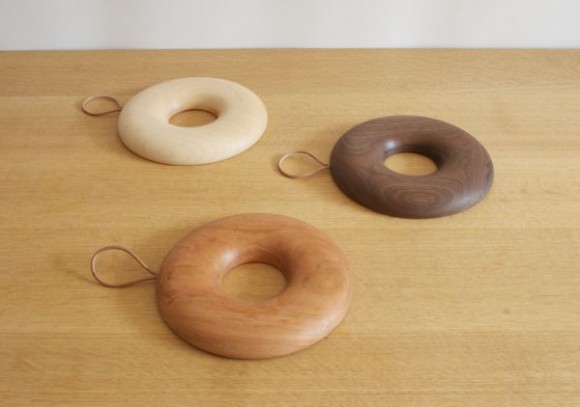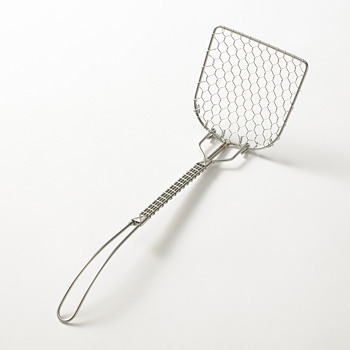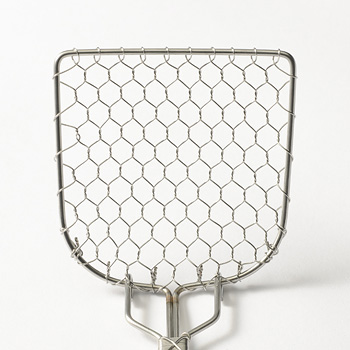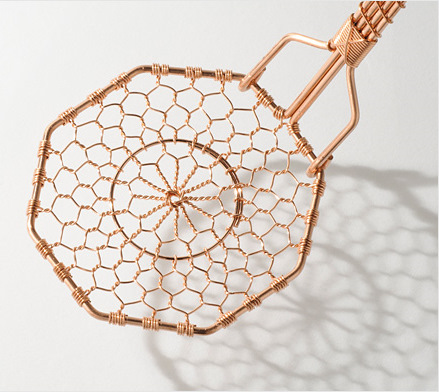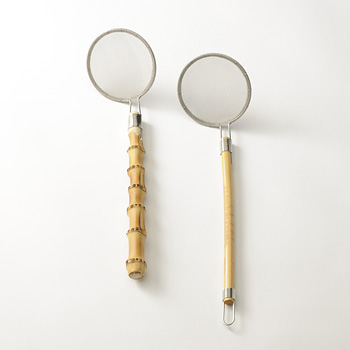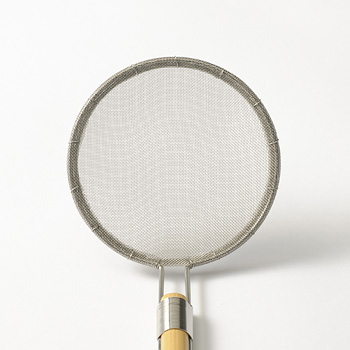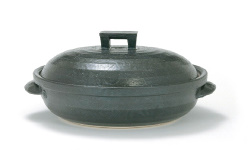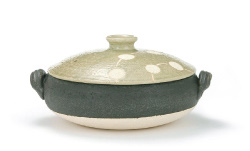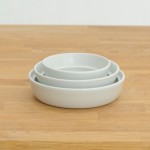Winter is a wonderland. And never has this phrase rung true to me more than the joyous Japanese delicacies that accompany the season. It’s a time for warmth and cozy dinners that heat you to the core, leaving a certain satisfaction that cannot be attained any other way. And while the quintessential Japanese winter food is one of vigorous debate, my vote would go to nabe, essentially a hodgepodge of various seasonal foods, cooked in a large pot on a table and enjoyed by friends or family surrounding it. A simple search will reveal tons of recipes so we’ve decided to focus on a different – not as discussed, yet utterly important – aspect of nabe: the gorgeous tools that make this customary delight all the more enjoyable.
Tofu Server (remover)
Tofu, especially if it’s the silken type, requires special care. And if you’ve worked hard enough to maintain its shape throughout the boiling process you’ll certainly want a tool to remove it and gently place it in your bowl.
…and it’s cousin the Aku Skimmer
Surely you’ve seen aku before. It’s that brown foam that appears above broth during the boiling and simmering. You’ll want to skim it off for better taste and also a better looking nabe. Sure you could use a ladel for both tasks but these are so much better looking 😉
Both of these elegant tools are available from kanaami-tsuji
tabletop stove and gas canister
Leave it to MUJI to design even a good-looking table top stove. Sure you can probably find one at your friendly Asian supermarket, but this one is so pretty.
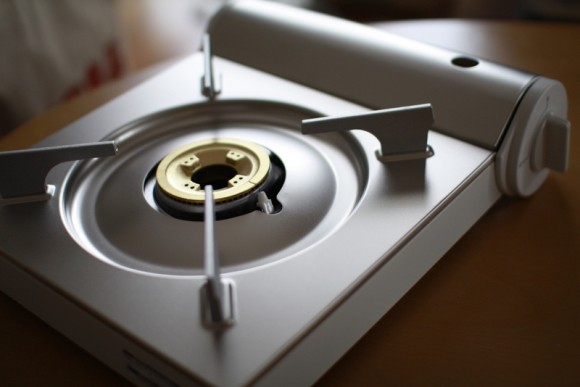
images courtesy mono-memo
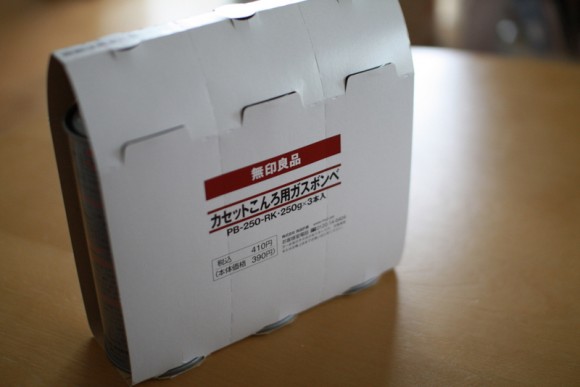
Donabe (earthenware pot)
The donabe is the protagonist of the evening; the holy vessel from which you will dine. Of course it would be nice to have an attractive donabe but the most important criteria is that it’s earthenware. If the pot is a regular ceramic pot it will crack under the pressure from the flame and that won’t be pretty. Here are a couple different styles of iga-yaki donabe that are popular in Japan.
iga-yaki donabe can be purchased through toiro kitchen (images courtesy watashi no heya)
Nabe-shiki (pot trivets)
One option many people often opt for to save on gas canisters (or to bypass the tabletop stove altogether) is to heat the nabe on a conventional stove and then transport it to the table. In that case you’ll want a trivet to keep your pot from leaving any burn marks. Here are 2 gorgeous options, both designed by Oji Masanori.
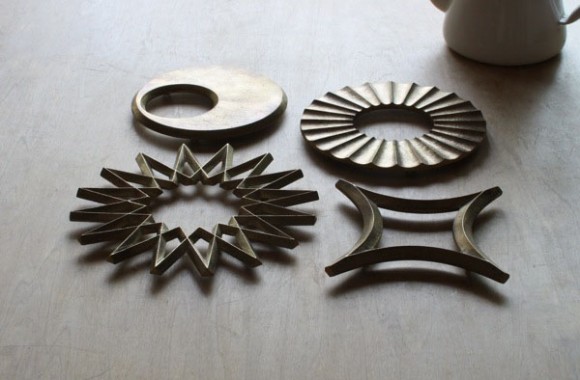
The brass trivets are a nod to the heavenly bodies above – the sun, moon and stars. For smaller pots you can go with these adorable bagel-shaped trivets.
